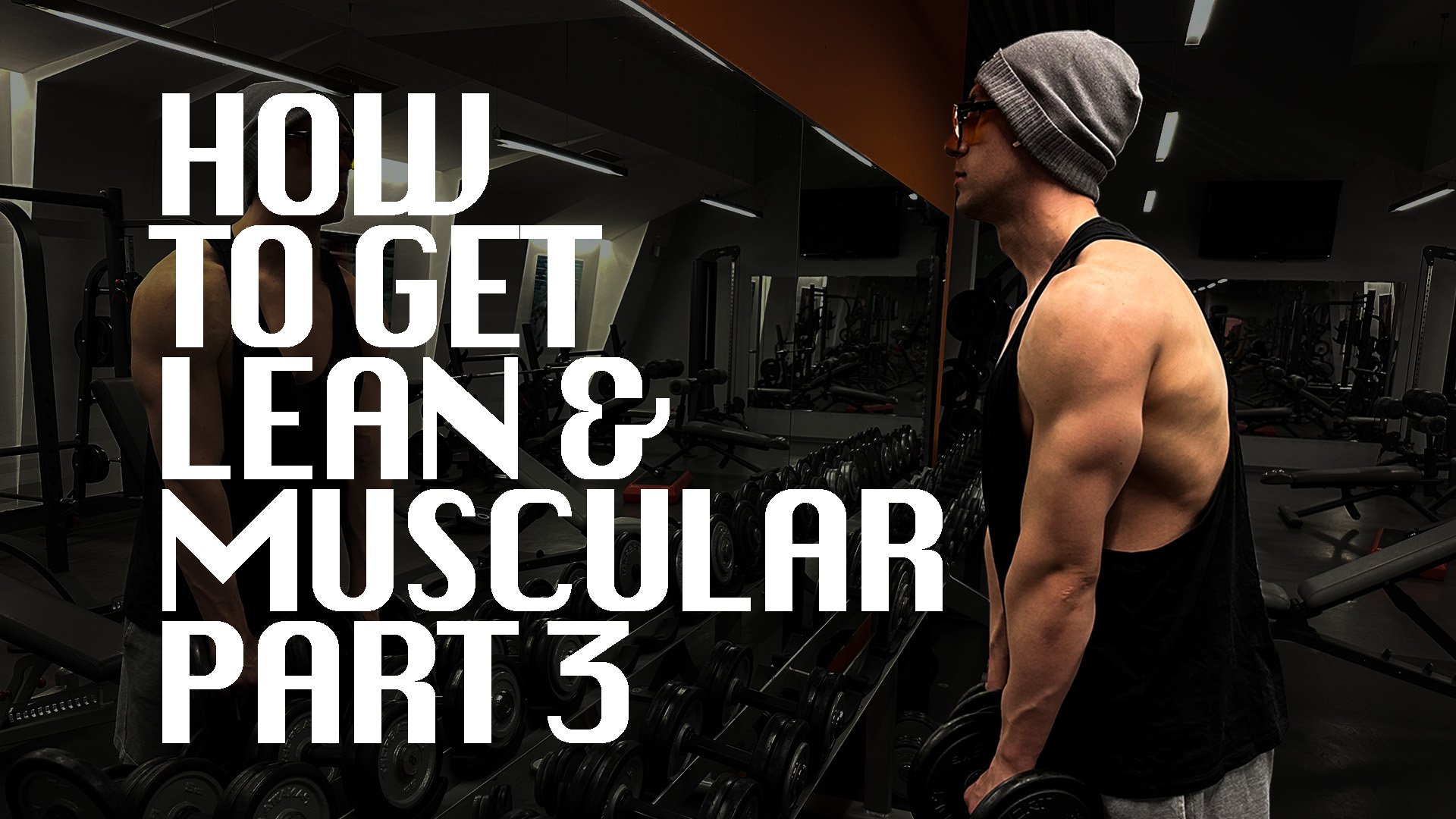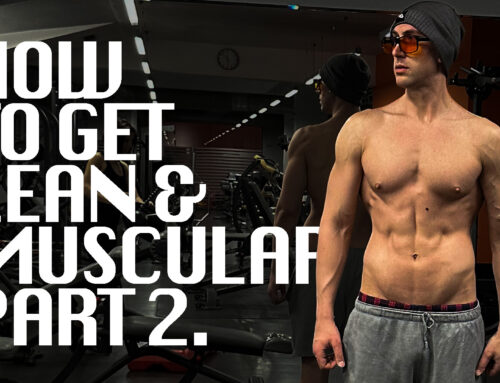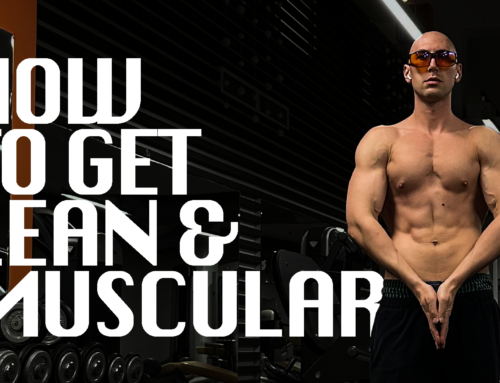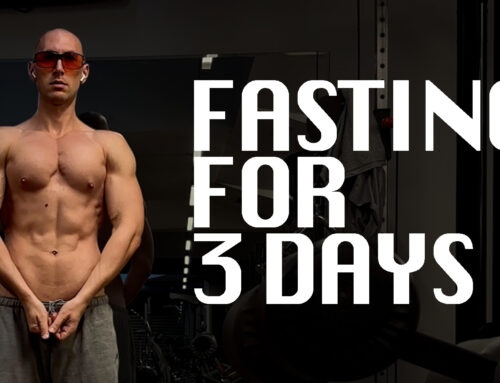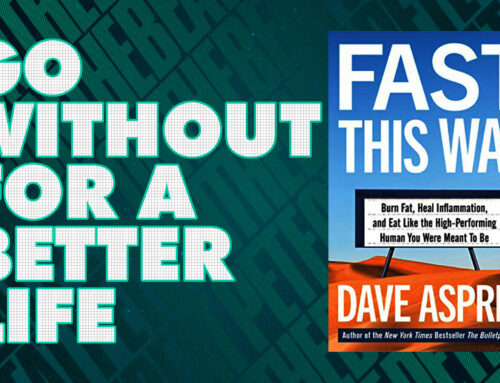Introduction
Being the last of three parts, this video shares what I consider the best training tactics to get and stay lean year-round. Based on the training chapters of my book OMAD GAINS, the video examines the principles that entirely transformed my physique.
The Other Parts
The first part summarized what “I think” are the best dietary tactics to stay lean and muscular. And the second discussed the often misunderstood role of willpower.
Disclaimer
This content’s purpose isn’t to argue with others. Ideally, you’ll approach things like a scientist by testing and comparing your empirical results. You’ll also consider getting lean and muscular as impacting your whole life. Understanding it can cause misery ‘but also’ improve your entire being. And that wholly depends on how you’ll approach it.
Summary
To sum up, everything I do at the gym is to achieve what Frank Zane defines as ‘Selective Growth.’ To do this, I employ what, for convenience, my OMAD GAINS calls Reverse(d) Volume Training (RVT). Improving proportions and symmetry while getting you lean and muscular, the latter is based on pre-exhaustion, muscle priority, and German overload principles.
Pre-Exhaust
Also called pre-fatiguing, pre-exhaustion is reversed volume training in and of itself; it places an isolation movement before a compound multi-joint one. Referred to as double pre-exhaustion, that can be done with two exercises. I prefer advanced pre-exhaustion to define putting all isolation before the compound movements; this lets me control my efforts and not merely grow in size. Also, to readily incorporate the priority principle.
Muscle Priority
This means starting with the group’s weakest area, keeping the most volume on it, and then progressing with the next in that order. That’s until getting to the best developed, which depending on the case, I touch slightly, train less frequently, or do not bother with at all — like front delts, upper back, and outer quads.
Two-Stage Training
Something I understood the hard way is that merely growing in size doesn’t create as much difference as improving your weakest muscles — you only get bigger. At the same time, your mismatching proportions either stay the same or become more apparent due to size.
Not Much Difference
Following OMAD GAINS, my workouts are split into two stages. Purely isolation, the first is the bulk of the session; it gives it a direction based on the weakest areas. It also exercises each segment separately. Being about one-fourth, the second brings everything together, exercising the entire group with compound movements.
The Mirror
Only trusting the mirror, I don’t care about the scale, the body fat caliper, and whether Joe Shmo pushes heavier weights. Using the priority principle, I dedicate one period to certain areas while emphasizing others for another. I do this until I see the desired tangible results in the mirror. And that “doesn’t always happen” in 6, 8, or 12 weeks as marketed by gurus and influencers.
Safety and Flexibility
Emphasizing the less developed areas means doing less for others. It’s about selective growth, not abusing my body and growing random muscles. Once I finish with the isolation, I move to the compound exercises. The pre-exhaustion diminishes the ability to use a lot of weight. Therefore, besides improving muscle maturity, such a method eliminates the chances of snapping something by lifting heavy on the riskier exercises.
Less is More
Making less more, this ‘advanced’ pre-exhaustion allows continuously shocking the muscle without increasing the weight on the compound movements — a phenomenon conventional wisdom regards as impossible. It also gives me more options to tweak and fine-tune my training.
Variety
Depending on what I do before them, the compound exercises target my muscles differently, which is crucial for selective growth. Another way to look at it is by multiplying the options with the available equipment. No matter how scarce or abundant that is, I can always get more out of it with pre-exhaustion. And the priority principle helps me do that most constructively.
The Role of Resistance
A truth some people have difficulty comprehending is that unlike in power and weight lifting, and perhaps CrossFit, in bodybuilding, the weight is but a necessary tool and not the goal — it’s means and not ends. The goal is to keep the target area under constant tension.
Time Under Tension
This, however, doesn’t make the weight less essential. To tax your muscles, you need resistance to work against; adjusting it is one of the keys to achieving optimal periods of TUT. As you likely know, the contraction has three phases: concentric, isometric, and eccentric. Usually, TUT is explained as the combined duration of all three.
Not Just Reps
Rather than perceiving my sets as numbers of reps, I aim to merge those into extended periods of TUT. That doesn’t imply aiming to go fast, losing form, or introducing swinging; it means keeping the tempo nice and steady as if pumping a tire. The more that is, the more blood and nutrients I drag into the area. Also, the more defined and leaner my look, as I eat the way I describe in part one. Serge Nubret and Jason Fung agree that real growth occurs when sustaining the pump, throwing all those nutrients into the cells. And my results resonate with that 100% percent.
German Overload
Lastly, I use the German Overload principle. Long ago, German scientists conducted an experiment with both humans and rats, splitting them into two groups. The first group trained like sprinters doing plenty of work for short periods. The second performed the same amount of work but for longer, similar to long-distance runners. Initially, no dietary intervention was made. Then scientists increased the protein intake of both groups. What was found is that the humans and mice doing the short-burst training actually got lean and muscular, whereas those with the extended sessions only got skinnier and suffered a hormonal drop.
EPOC
Popularized by Vince Gironda, that keeps my training with maximum intensity. I also incorporate what the Iron Guru called compound training, which does several movements (back to back). Besides saving time, this also forces my body to mobilize exceedingly more stored energy for fuel. Thus it gets you lean and muscular a lot faster. The reason is what’s known as excess post-exercise oxygen consumption (EPOC).
The Afterburn Effect
Also called the afterburn effect, this is elevated oxygen consumption after the training is finished. Unlike resting for 2-3 minutes to lift maximally heavy, high-intensity volume training creates a great oxygen demand which might extend up to 48 hours after the workout. The body mobilizes more energy, which comes exclusively from its reserves, as I am doing OMAD. And that basically sums up how I continue improving my physique without cardio, tracking, heavy lifting, etc.
- An Autobiography of Trauma Book Review - April 23, 2024
- Reflections on Being a Polymath - April 12, 2024
- Greater Hexagram Ritual Manual Overview - March 31, 2024
